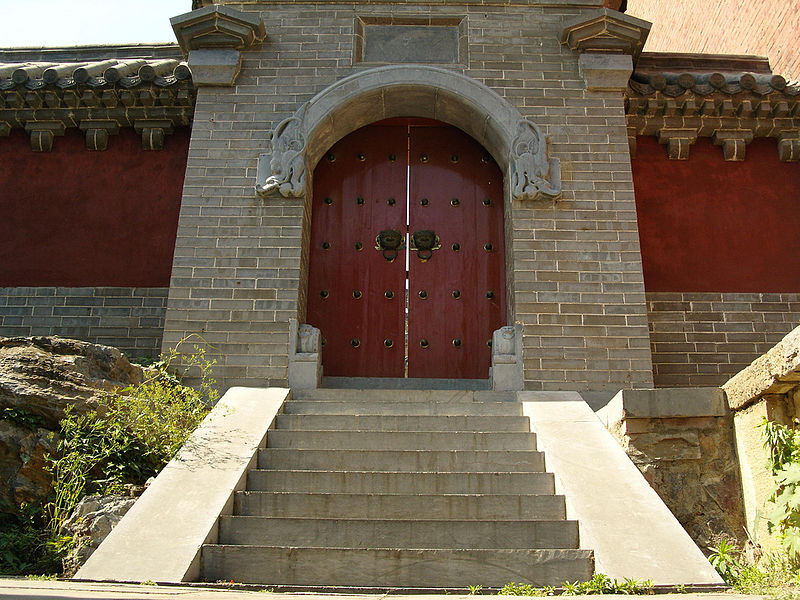





 |
 |
 |
 |
 |
 |
|---|---|---|---|---|---|
 |
 |
 |
|||
|---|---|---|---|---|---|
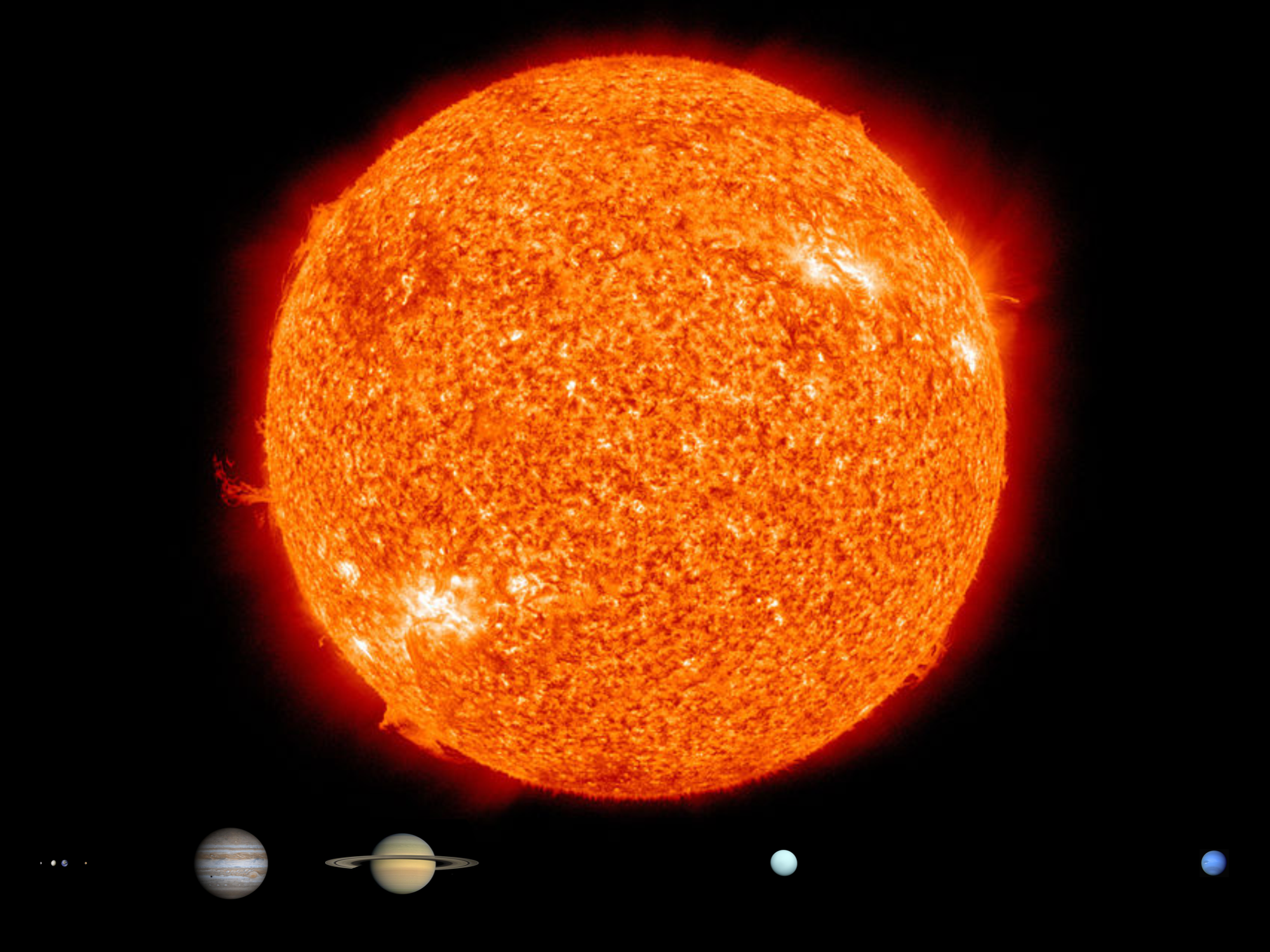 |
.jpg) |
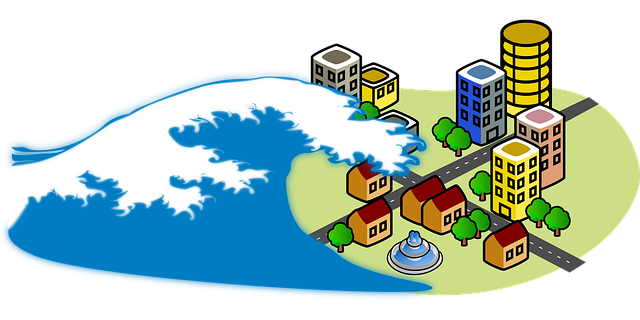 |
 |
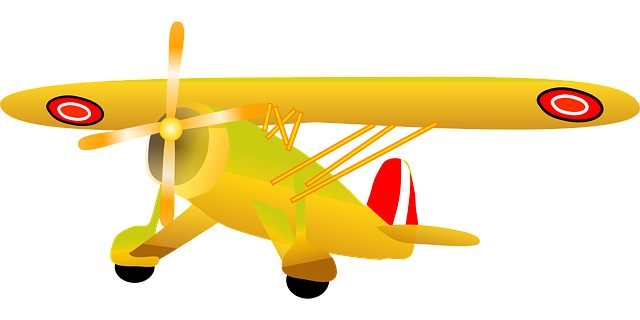 |
|
|---|---|---|---|---|---|
 |
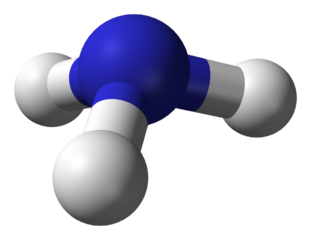 |
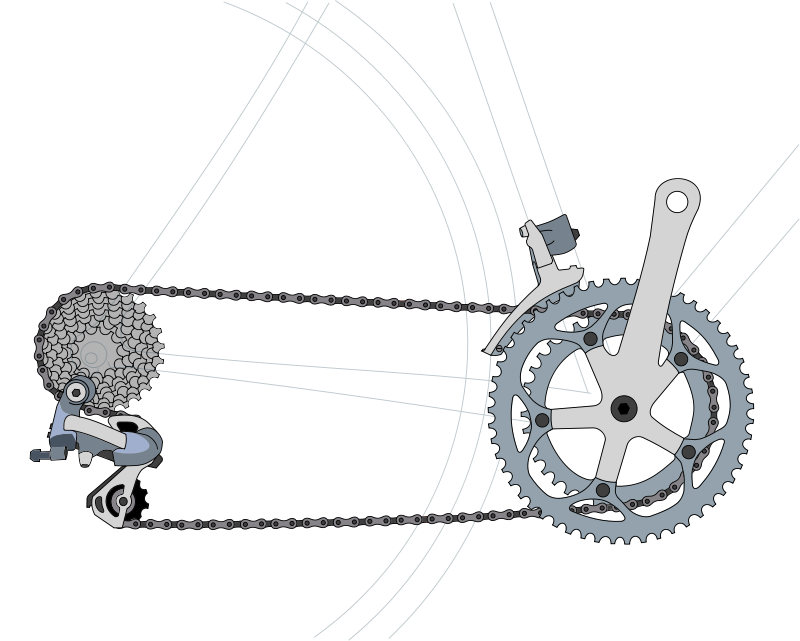 |
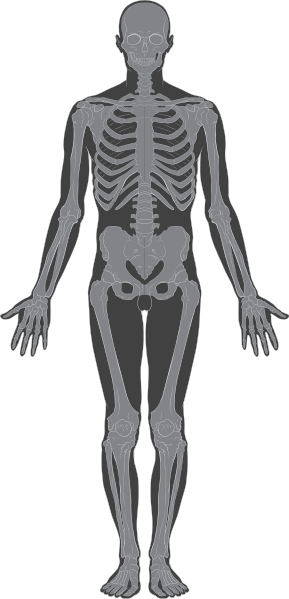 |
 |
|---|---|---|---|---|
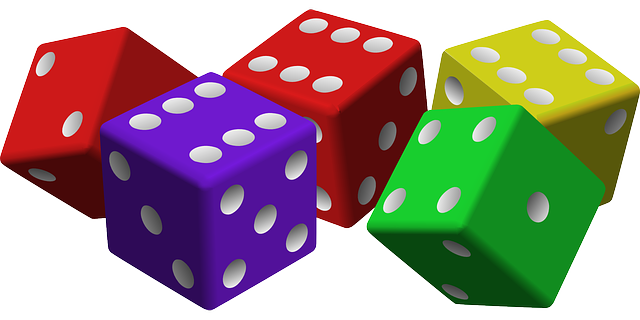 |
|---|
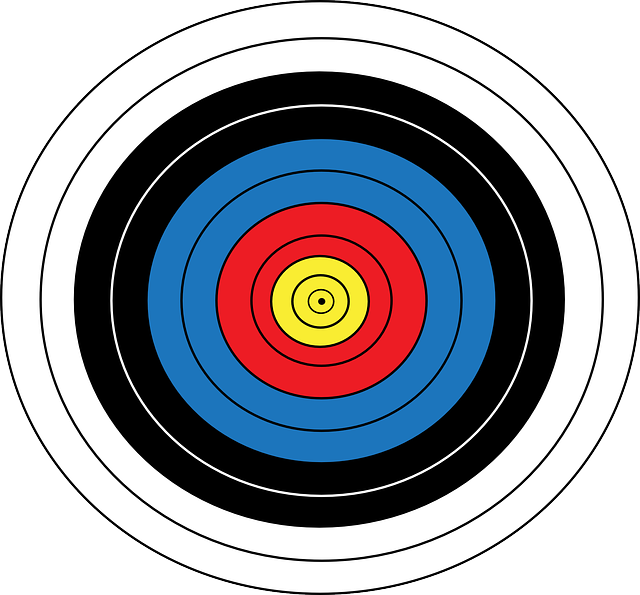 |
 |
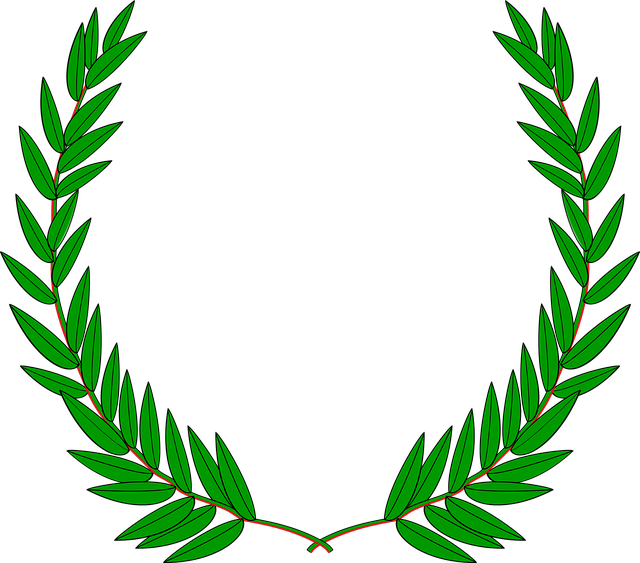 |
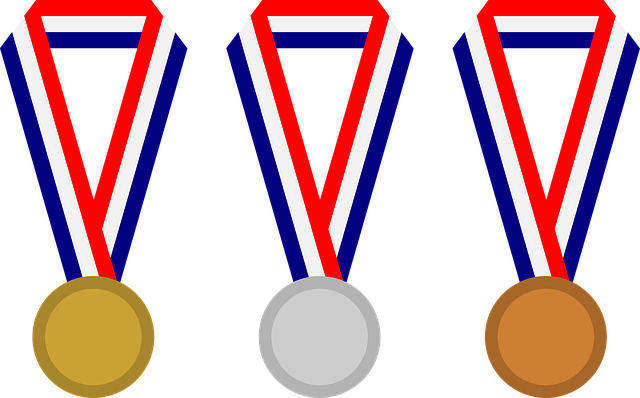 |
|---|---|---|---|
 |
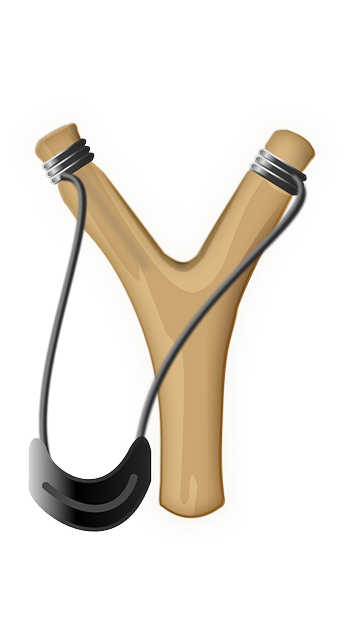 |
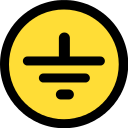 |
 |
|---|---|---|---|
 |
|---|
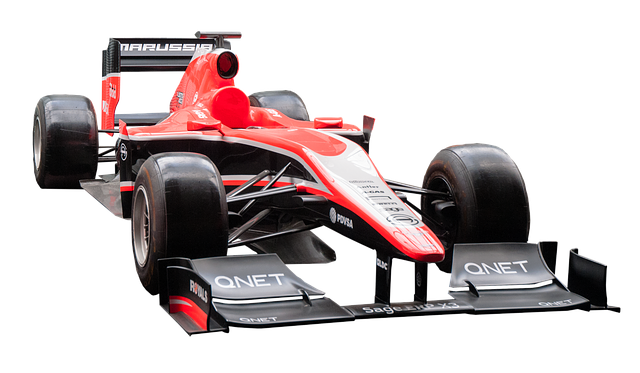 |
 |
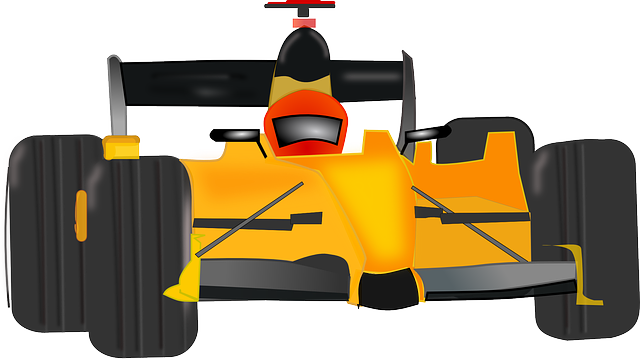 |
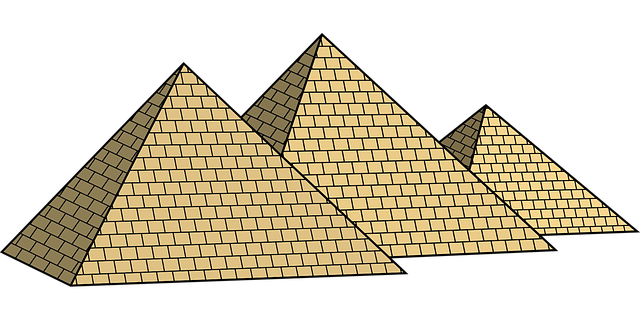 |
 |
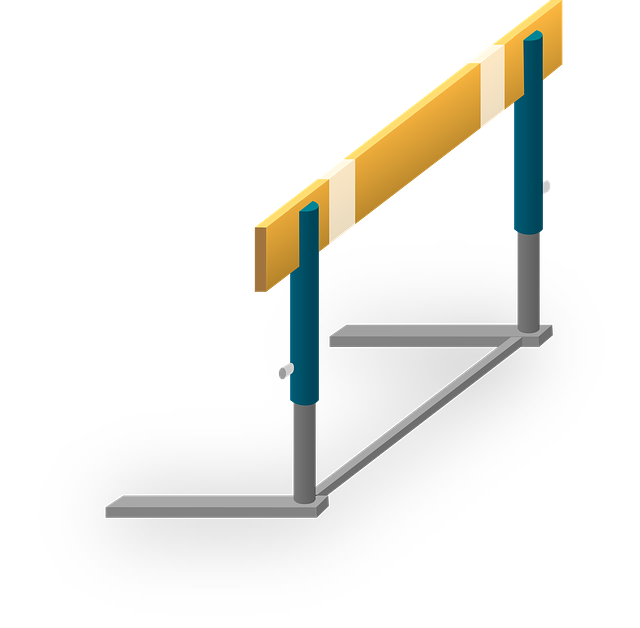 |
|---|---|---|---|---|---|
 |
 |
 |
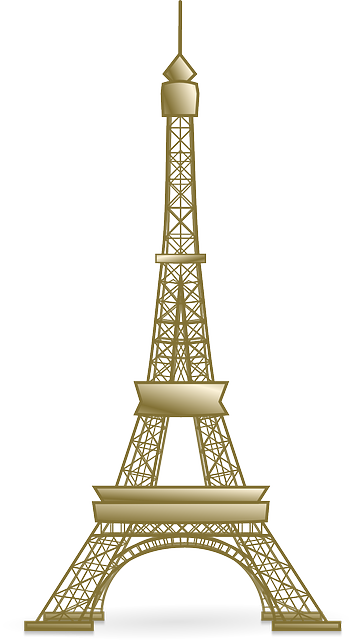 |
|---|---|---|---|
The algorithm is convergence style. Ratings are initialized at zero for each team. Game results are a set of forces on each team's rating. The ratings are adjusted according to the forces.
The forces depend on rating. After the adjustment, the forces change.
Repeat the cycle until convergence.
Let L be the difference in rating between a player and his opponent. If the player has a higher rating, L is positive. If the player wins, the force function for that game is:
L Force 3 1/9 2 1/9 1 1/3 0 1/2 -1 1 -2 3/2 -3 3/2
The force function is constant for |L| > 2. It doesn't give excessive weight to upsets.
The force function is rigged so that for L=1, the probability of the stronger player to win is 3/4.
A ratings algorithm should rate both teams and tournaments. The plot shows the results for the algorithm for the Science Olympiad 2022 season.
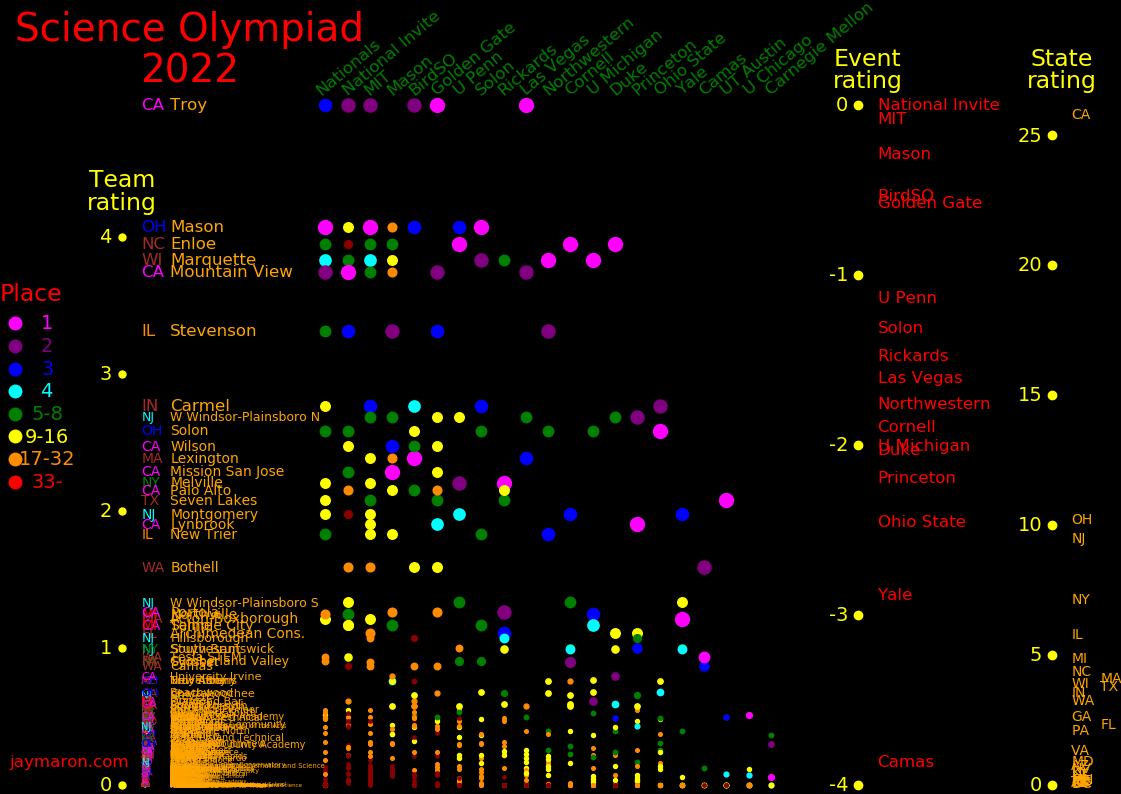 |
|---|
A team's rating is calculated from its scores from events (event = tournament). For each event, a team has a rank, and the score is:
Rank Score 1 6 2 5 4 4 8 3 16 2 32 1 64 0 128 0
In general,
Score = -log2(Rank/64)
The score has a floor. If the score is less than zero, it's set to zero.
Rating for team t = Tt Rank of team t in event e = Rte Team constant = r = 64 Number of events per team = N = 5 Use a team's best 5 results
A team's overall score is the average of scores from their best 5 tournaments.
Tt = N-1 ∑e -log2(Rte/r)
Terms in the sum have a floor of zero.
The team rating can be refined by including event rartings. An event rating is determined by the sum of the strengths of the teams participating.
Rating for event e = Ee Rating of the highest-rated event = Emax
Ee = log2[ Emax-1 ∑t Tt]
To include event ratings in the team rating,
Tt = N-1 ∑e [-log2(Rte/r) + Ee]
Terms in the sum have a floor of zero.
T and E are interdependent. They can be separated with a convergence algorithm. Initialize Ee=0 for all e and compute T. Use T to compute E. Repeat until convergence.
A state's rating is the sum of the ratings of its teams.
Ratings from invitationals correlate well with nationals results.
Nationals Rating
rank
CA Troy 3 4.77
OH Mason 1 3.90
WI Marquette 4 3.89
CA Mountain View 2 3.69
NC Enloe 7 3.77
IL Stevenson 6 3.22
IN Carmel 9 2.63
OH Solon 5 2.59
NJ W W-P N 2.53
CA Wilson 2.34
MA Lexington 2.27
CA Mission San Jose 2.18
NY Melville 13 2.12
TX Seven Lakes 10 1.99
CA Palo Alto 1.98
NJ Montgomery 12 1.86
CA Lynbrook 1.83
IL New Trier 8 1.77
WA Bothell 1.74
MI Northville 17 1.34
MI Saline 1.27
NJ W W-P S 1.22
MA Acton-Boxborough 11 1.16
WA Tesla STEM 24 1.16
CA Portola 1.21
CA Temple City 1.13
WA Camas 1.03
FL Archimedean Cons. 1.01
NJ Hillsborough 1.01
For each state, the table shows the number of teams with a rating larger than 1.
# of State rating 2 Nationals teams for 2022 bids CA 8 25.8 * OH 2 10.1 * NJ 4 9.6 NY 1 7.1 * IL 2 5.8 * MI 2 4.6 * NC 1 4.4 * MA 2 4.1 TX 1 3.9 * WI 1 3.8 WA 3 3.7 IN 1 3.7 GA 0 2.4 FL 1 2.3 * PA 0 2.3 *
States of Death include California, Ohio, New Jersey, New York, Illinois, Michigan, Wisconsin, Massachusetts, and Washington.
The college basketball national championship tournament inspires people to
enter bracket pools. The question is how to score a bracket. A natural scoring system is to
give 1 point for each correct entry in the bracket.
A golf tournament differs from a bracket in that the tournament yields an ordering among the
players from 1 to N. In this case, a "bracket" is a prediction of the ordering. A formula for
scoring the bracket is:
Caltech pioneered a class on Order of Magnitude physics, and many of the students from the class
subsequently wrote OOM textbooks. From the Caltech syllabus:
"Emphasis is on using basic physics to understand complicated systems. Examples
will be selected from properties of materials, geophysics, weather, planetary
science, astrophysics, cosmology, biomechanics, etc."
Mahajan:
Street Fighting Mathematics
Predicted rank of team i = Pi
Rank of team i from the tournament = Ri
Score = S = ∑i |ln(Pi) - ln(Ri)|
Mahajan: Art of Insight in Science and Engineering
Blackman: Order of Magnitude Physics
Shaviv: Order of Magnitude Physics
Chiang: Order of Magnitude Physics
Hogg: Real-World Ballistics
Maron: Action Physics
Maron: Fermi charts
Maron: Fermi unit data
 |
|---|
A League of Legends game can fill a stadium, and there is big prize money.
Robot events can involve a game that is fun to watch. A team can have many robots, so that there can be diversity of robot design.
Robots can be remote controlled, to incorporate pilot skill.
Each tournament can be unique, so that robot design has to be tuned to the tournament. For example, each Formula-1 circuit is unique.
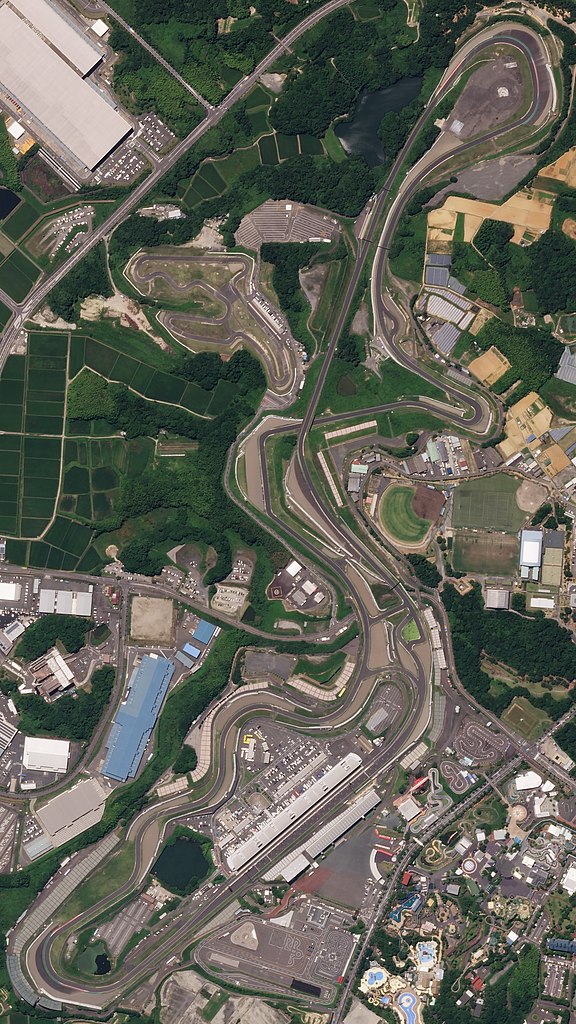 |
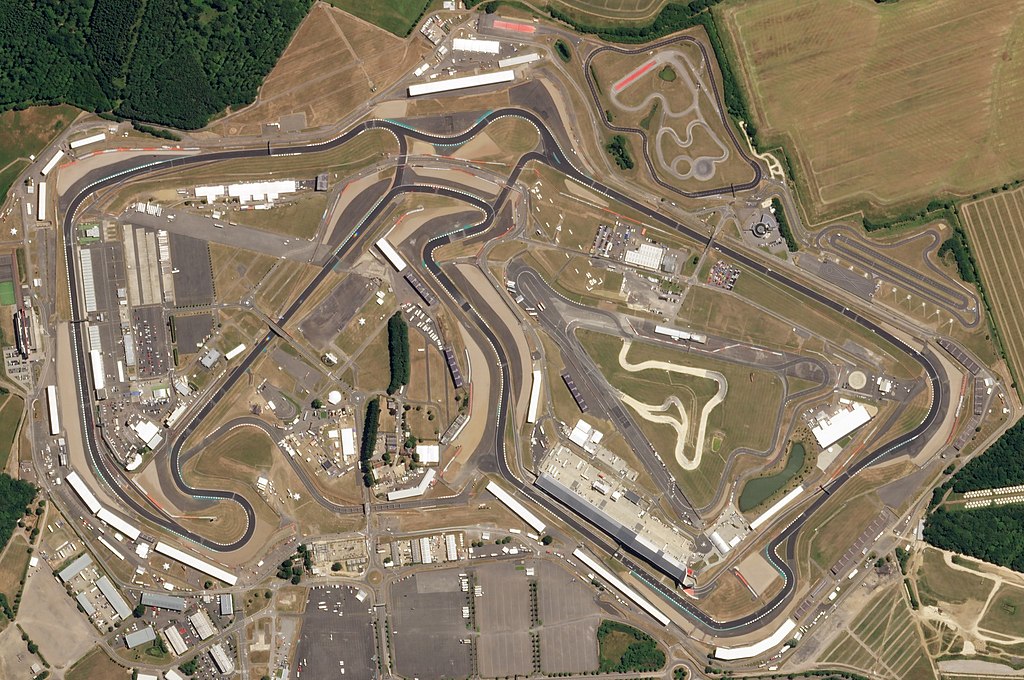 |
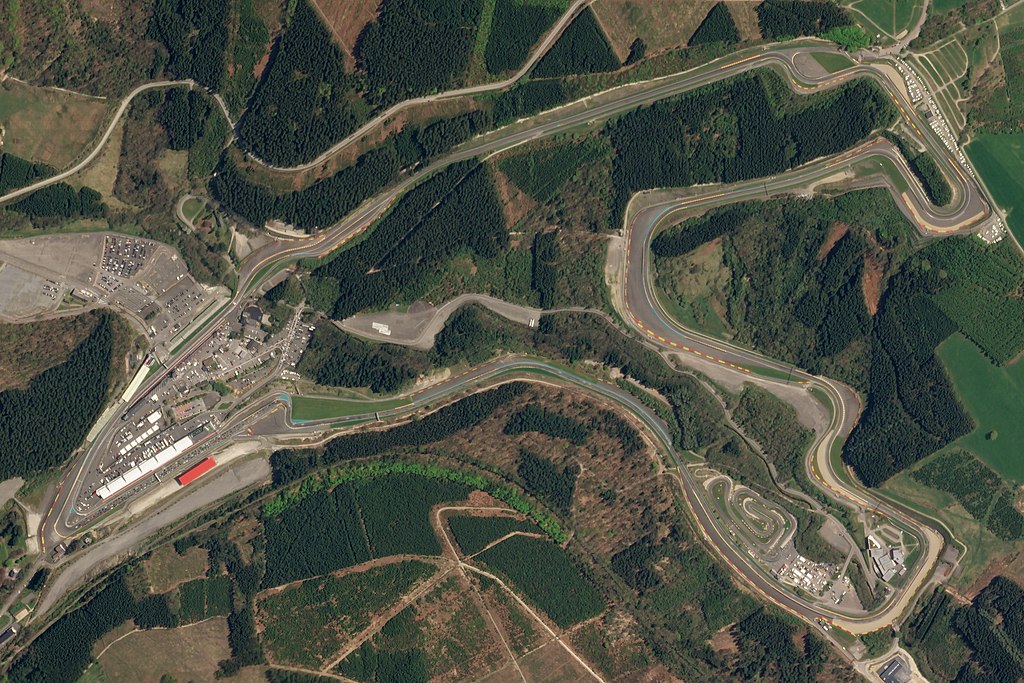 |
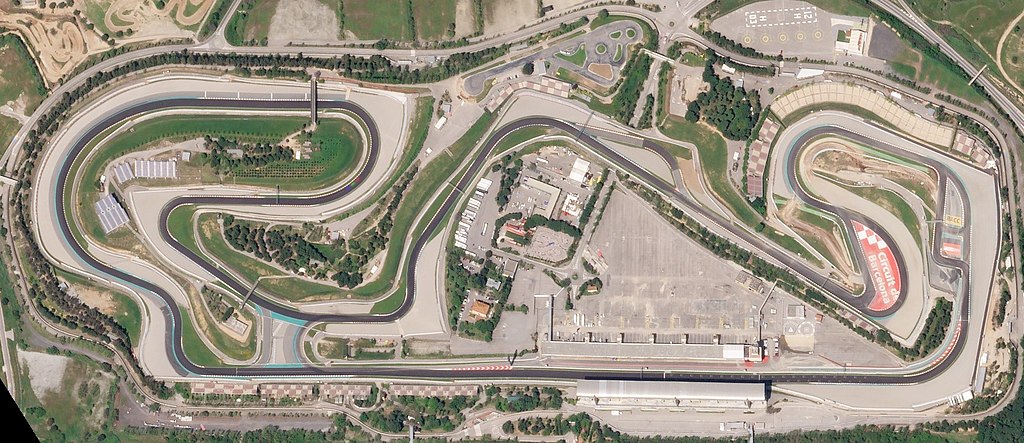 |
|---|---|---|---|
Formula-1 changes the formula each season, to prevent hyperoptimization. Many other sports do so as well, such as America's Cup yacht racing.
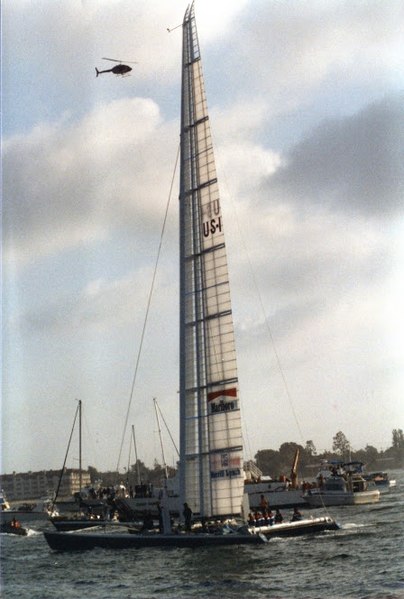 |
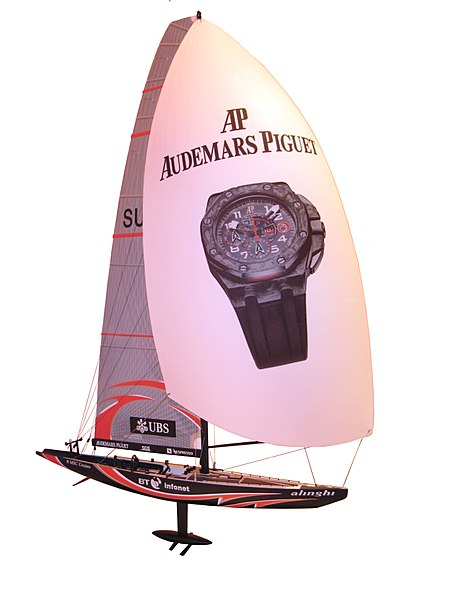 |
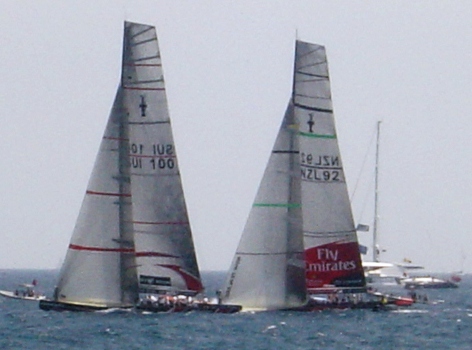 |
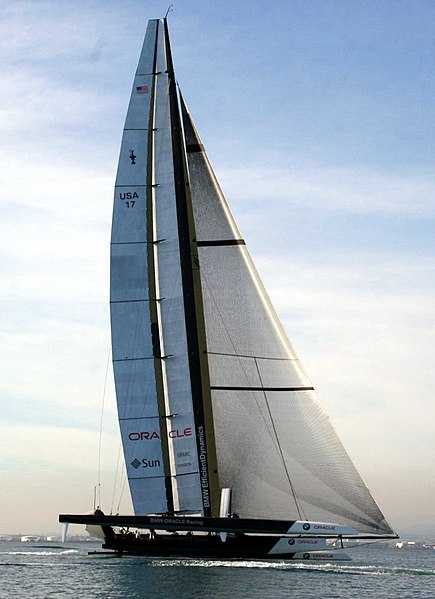 |
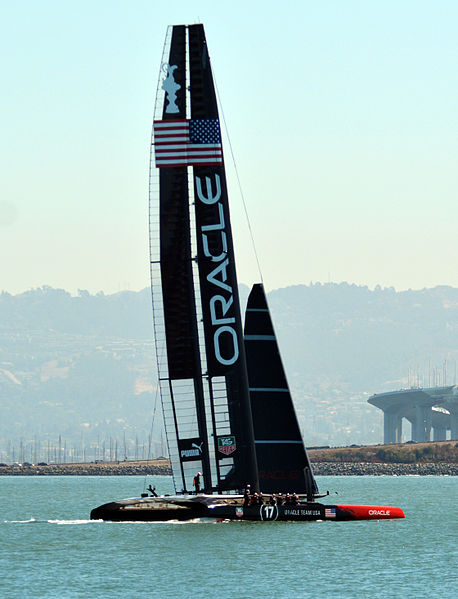 |
 |
|---|---|---|---|---|---|
In the "trajectory" event, you fire a projectile at a target, and the score depends on how close the projectile got to the target.
In the "scrambler" event, you design a car to stop as close to a wall as possible without touching it. The closer to the wall it stops, the higher the score. If it touches the wall, the score is zero.
The scrambler score function is a sawtooth function and the trajectory score function is a sharktooth function. Scoring functions should be continuous.
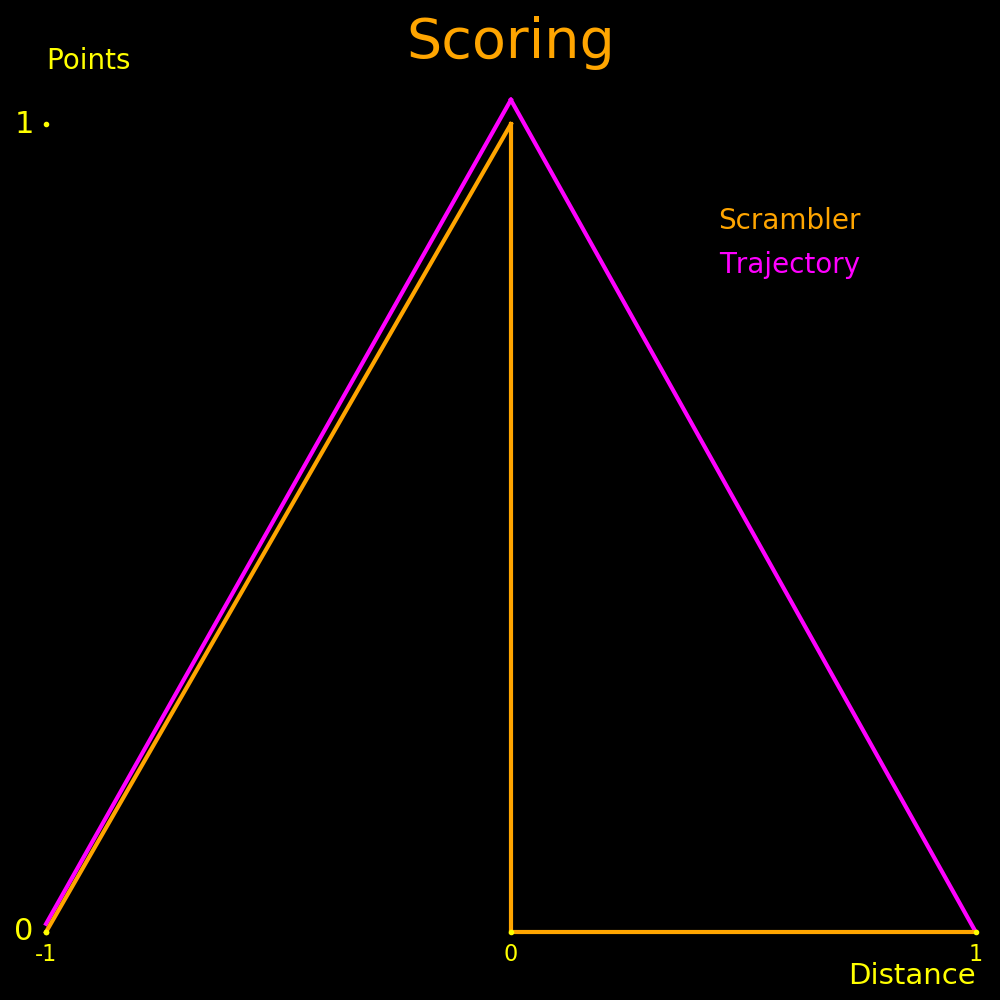 |
|---|
The scoring functions for Fermi Questions and Metric Mastery can be unified, enabling the possibility of Fermi-style questions that have an accurate answer.
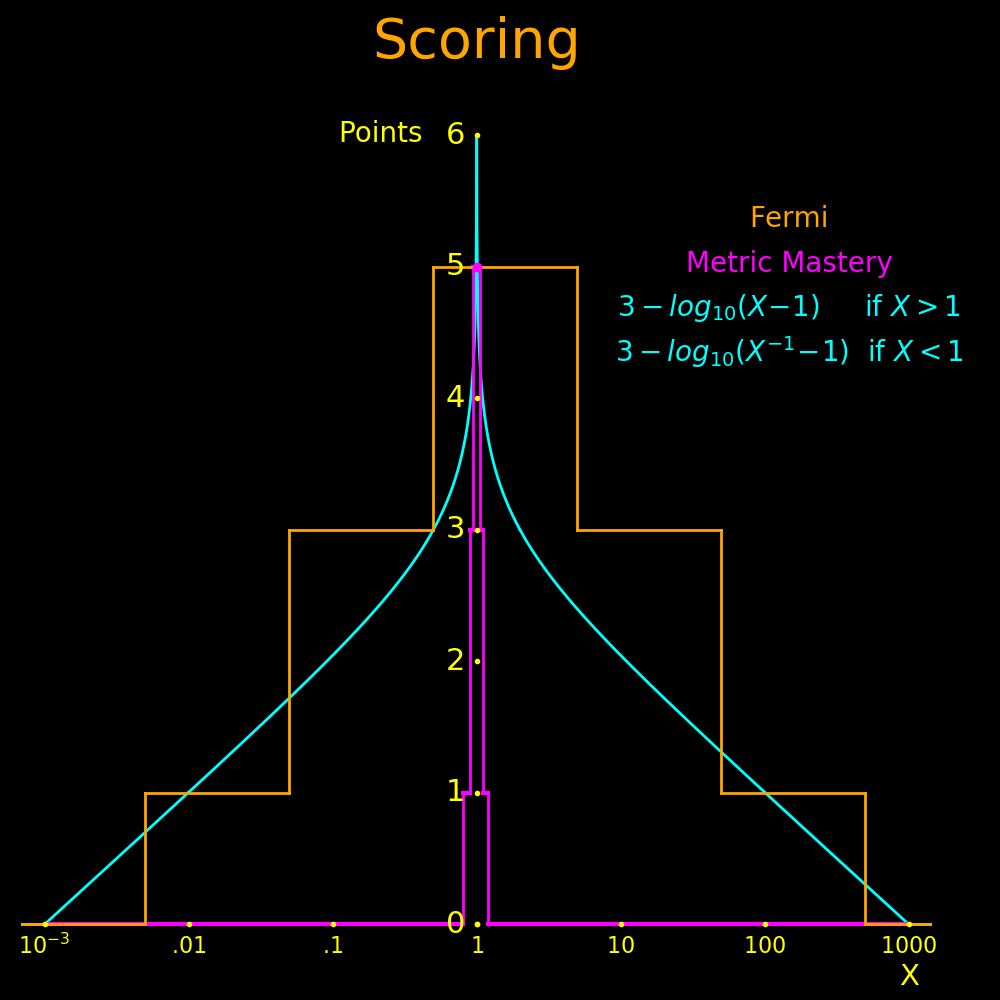 |
|
|---|---|
In the plot, the correct answer is "1" and the submitted answer is "X".
The unified scoring function is:
For a given question, a competitor submits a number, and the score is:
Submitted number = X Correct number = x Score = S = -log10(X/x - 1)
If X/x < 1, replace X/x with x/X.
Each problem has its own ceiling C and floor F.
If S > C, S is reset to C.
If S < F, S is reset to F.
The Fermi function is asymmetric logarithmically.
As it is, if X > 5 and X < 50, X is set to 10.
"5" and "50" should be replaced by "3" and "30", because 10½ = 3.16.
Caltech has a class on Fermi-style questions called "Order of Magnitude Physics", and the
techniques can usually calculate things to better than 20% accuracy.
Build a team of remote-control robots to play soccer. The robots will push a ball around. The robots may have moving parts, but they're not allowed to carry the ball.
Robots are allowed to ram each other.
A team may have at most 6 robots. The total mass of the robots must be less than 1 kg.
You may equip any robot with flight.
The ball is a beach ball with a diameter of 30 cm and a mass of 15 grams.
The field is the size of a half-size basketball court. Goals are 3 meters wide and .5 meters high. The boundary extends vertically to the gym ceiling.
If the ball goes out of bounds, the team that didn't touch it last gets a free kick from outside the boundary, from any point behind where the ball went out of bounds.
There is no special "goalie" status for robots.
A game is 15 minutes.
Robot construction is governed by the robot rules.
Build a team of remote-control robots to race a racecourse. You are racing against another team 1-on-1.
You may have up to 6 cars, and the total mass must be less than 1 kg.
Your score is the number of laps completed by your top 3 cars.
Cars may ram each other.
Flight is disallowed.
The race lasts 15 minutes.
Parts of the course are on-road and parts are off-road. The racecourse is unique to each venue.
Robot construction is governed by the robot rules.
Build a remote-control robot to race a racecourse. You are racing all teams at once, like a Formula-1 race. You may have 3 cars in the race.
Ramming is allowed.
The race lasts 15 minutes, and the time for one lap is around 30 seconds.
Flight is disallowed.
Parts of the course are on-road and parts are off-road.
The racecourse is unique to each venue. A photograph of the racecourse will be provided at least 1 week prior to the race.
The car mass has a maximum of 30 grams.
The car can have moving parts. For example, it can have a wing with a variable angle of attack.
Robot construction is governed by the robot rules.
Design a robot to play golf. The ball is a whiffleball the size of a golf ball. The game features both fairway shots and putts.
The robot must be able to move to the ball.
No caddy or golf bag allowed. The robot has be one connected object.
The robot can have moving parts. Whatever is being used as a golf club can have moving parts. The golf club face can have a variable angle of attack.
The course will feature crooked fairways. Spin will be essential.
Robot construction is governed by the robot rules.
For structural material, you may use wood, glue, cotton, rubber, and lubricant. No metal, carbon fiber, or plastic allowed. This applies to the chassis, wheels, wings, and propellers.
Cotten may be used for cable, sails, wings, or any other purpose.
Gears and axels may be metal.
Metal may be used for electric components such as motors, batteries, capacitors, wires, and tranceivers.
For power sources, you may use batteries and capacitors.
No commercial kits are allowed. You have to build everything yourself from raw materials. You must carve the wood yourself.
Power sources:
Energy/Mass Power/Mass
MJoule/kg kWatt/kg
Battery, LiPo .55 1.4 Rechargeable
Battery, Aluminum air 4.6 .2 Not rechargeable
Battery, Formula-E .78 .8 The battery in a Formula-E racecar
Battery, NIO EP9 .51 1.54 The battery in a NIO EP9 racecar
Supercapacitor .05 20
Rubber band .008 100
Aluminum capacitor .01 100
Gasoline motor - 6
Electric motor - 6
Propeller - 15
Electric generator - .15
A capacitor and a rubber band can deliver big power, but only for a short time. A battery can give 1.4 kWatts. A capacitor giving this much power lasts 7 seconds and a rubber band lasts 6 seconds. For a race lasting longer than 10 seconds, use batteries. Also, capacitors lose voltage and power during the race. Batteries do as well, but to a much smaller extent.
 |
|---|
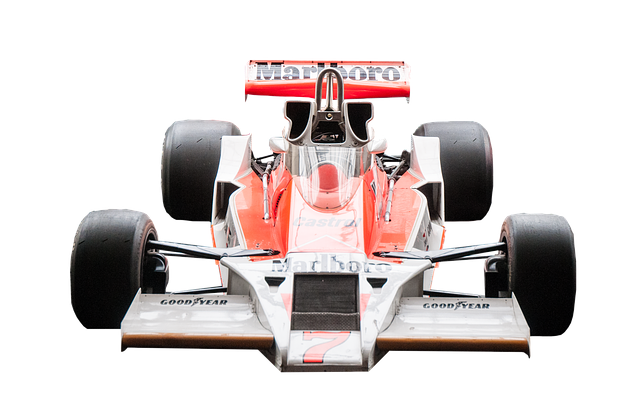 |
|---|
A Formula-1 car is ⅓ the mass of a mid-sized commercial car and can take a lateral acceleration of 5g, A commercial car can take 1g. Formula-1 cars achieve high lateral acceleration with high down acceleration. Wings provide downforce.
To make for a thrilling engineering challenge, maximize the down acceleration when the car is at top speed. The larger the down acceleration, the larger the demand on structural engineering for the car.
Maximizing down acceleration means maximizing power/mass ratio, maximizing cross-sectional area, and minimizing mass.
The rules should specify a maximum height and width for the car, and specify a maximum mass for the battery. The car should be as large as possible, but small enough to travel by commercial airplane.
We specify an example set of rules. For the car, the maximum width is 30 cm and the maximum height is 15 cm. There is no maximum length. The maximum battery mass is .008 kg. With these parameters, the maximum speed is 8 meters/second and the down acceleration is 40 g.
Car construction is governed by the robot rules.
Width = W = .3 meter Height = H = .15 meter Area = S = HW = .045 meter2 Air density = D = 1.22 kg/meter3 Drag coefficient = C = .8 dimensionless Typical for a Formula-1 car Battery mass = m = .008 kg Battery power/mass = p =1400 Watt/kg Max achievable by LiPo batteries Battery power = P = 11.2 Watt Drag number = K = ½ C D = .49 Drag force = F = K S V2 = 1.40 Newton Drag power = P = K S V3 = 11.2 Watt Max speed = V = 8.0 meter/second Car mass = M = .014 kg Drag acceleration = A = F/M = 100 meter/second2 Lift/Drag ratio = L = 4 dimensionless Typical for a Formula-1 car Down acceleration = a = A L = 400 meter/second2 Turning radius = R = V2 / A = .16 meter
Battery energy/mass is independent of mass.
Battery power/mass increases as mass decreases, suggesting that cooling matters. A racecar will likely have active cooling for the battery.
For batteries at lipobattery.us,
Mass Power/Mass Energy/Mass Power Energy
gram Watt/kg kJoule/kg Watt kJoule
LiPo 4 1388 531 5.55 2.12
LiPo 6.3 1175 531 7.4 3.35
LiPo 15 740 533 11.1 8.0
LiPo 50 370 532 18.5 26.6
LiPo 60 185 667 11.1 40.0
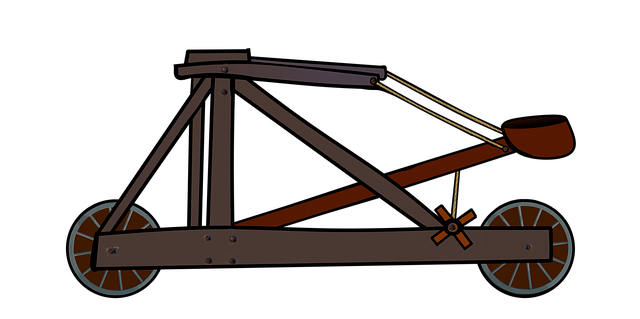 |
|---|
A catapult unifies strength and accuracy. The contest can have two parts: An accuracy part and a distance part.
For the distance part, the score is
Score = Mass of projectile * Distance traveled / Mass of catapult
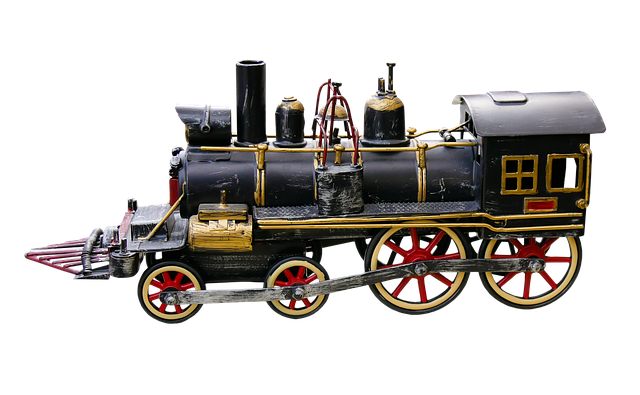 |
 |
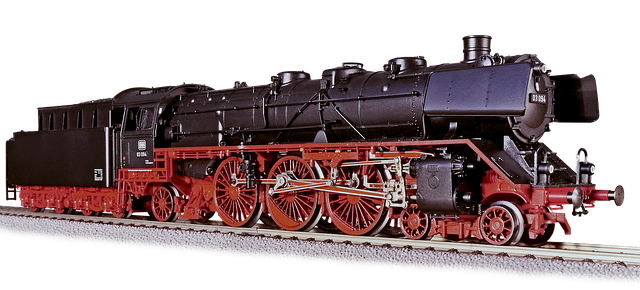 |
|---|---|---|
Build a bridge to span a 40 cm gap. A train car will drive across the bridge. If the bridge survives, the train mass is increased and the train makes another pass. The train mass is increased until the bridge fails.
The score is the mass of the train at failure divided by the mass of the bridge.
The maximum bridge mass is 8 grams. The maximum mass that the train can have is 20 kg. You can't get credit for supporting more than 20 kg.
The bridge doesn't have to include the train rails. The testing rig will have train rails that will be laid across the bridge. The bridge must contain a bed to support the rails.
The rails will have a breakaway design so that they can be easily reassembled.
The rails will be for a standard electric model train, 16.5 mm apart. The train width and height are both 4 cm. There will be one train car, which will have 2 axels that are 17 cm apart.
The bridge will be placed on test supports, and the train track will be at the level of the test supports. While the train crosses the bridge, the rails may go no higher than 1 cm above the supports and no lower than 2 cm below the supports. This includes when the bridge is loaded with the train.
The bridge may have unlimited height, length, and width. The bridge may extend as much as 10 cm below the
test support.
Build a tower to support a weight that is 30 cm above the ground. The tower will be weighted until it collapses, and the score of the tower is:
Score = [Mass required to break the tower] / [Mass of tower]
If the weight sags below 30 cm, the tower is regarded to have collapsed.
You may use any wood and any glue. The wood can be in any shape. You can carve the wood.
The weight has a flat bottom.
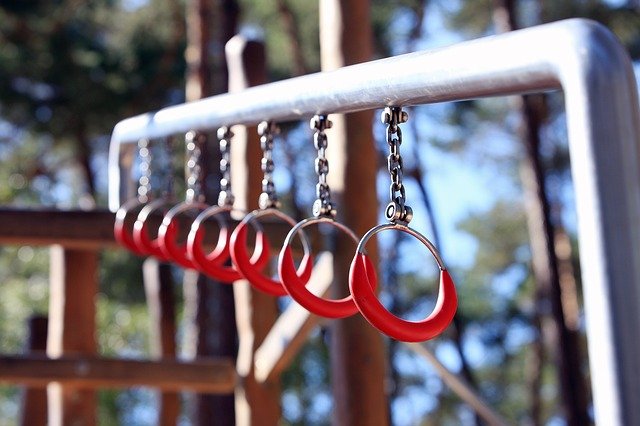 |
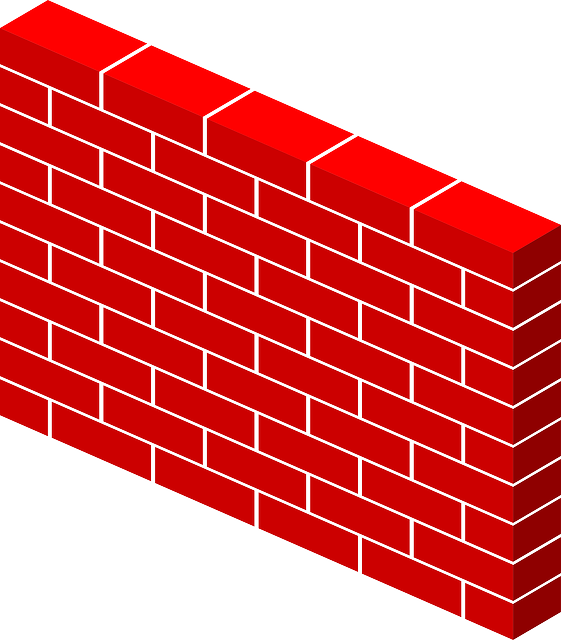 |
 |
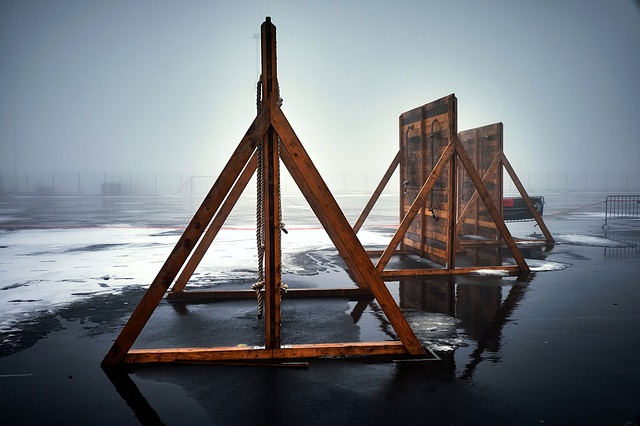 |
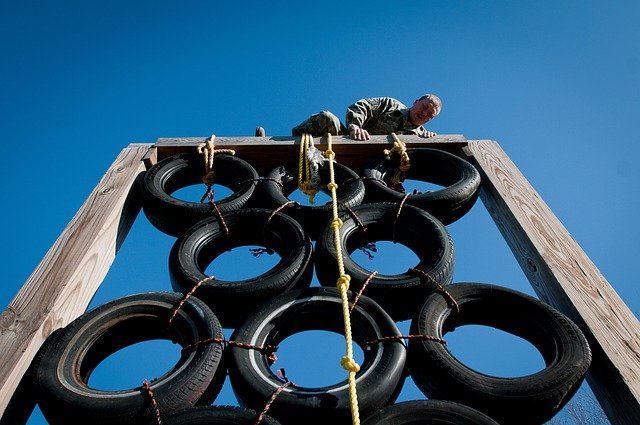 |
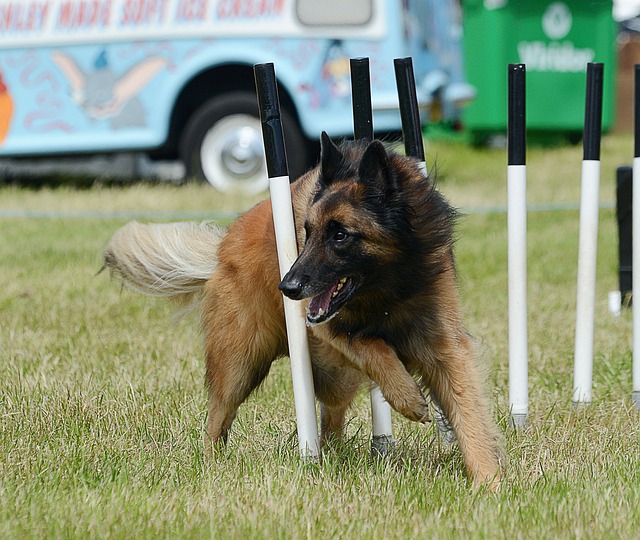 |
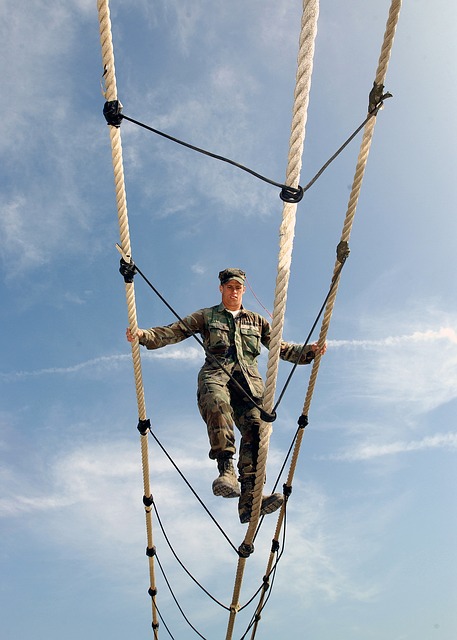 |
|---|---|---|---|---|---|---|
Competitors will navigate an obstacle course and then take a science test. There is zero rest time between the obstacle course and the science test.
The obstacle course is legit hard.
The science test is timed and lasts 10 minutes. There will be way more questions than there will be time to answer. Speed will be a factor.
For scoring, contestants will be ranked by their time in the obstacle course and given points according to the table below. Also, competitors will be ranked by their performance on the science test and given points accourding to the table. The total score is the sum of the obstacle score and the science score. Ties are broken by placement in the obstacle course.
Place Score Place Score 1 16 9-10 8 2 15 11-12 7 3 14 13-14 6 4 13 15-16 5 5 12 17-20 4 6 11 21-24 3 7 10 25-32 2 8 9 33-48 1
 |
 |
 |
 |
|---|---|---|---|
A team consists of 4 players. Questions are asked, and teams write their answer on a touchpad.
The contest is televised, and viewers can see what's written on the touchpads.
Current scores are displayed.
.jpg) |
 |
 |
 |
|---|---|---|---|
You will be given samples or pictures and asked to ID them. You may use common names or scientific names. There are multiple categories. Each category is scored as a separate event.
The combined score over all categories is recognized as an event.
The categories are:
Birds
Mammals
Plants
Rocks and minerals
Elements
Human anatomy
For questions that ask for a list, you get 1 point for each correct element and -1 point for each incorrect element.
In some questions, you will be given an event and asked for the year it occurred. Let X be the number of years that your answer is off from the correct year.
X Points 0 8 1 6 2 5 3-4 4 5-8 3 9-16 2 17-64 1
In the first American presidential election, in 1789, which 3 states had the most electoral votes?
Which Secretaries of State subsequently became president?
Which former presidents spent a term out of office after their presidency, and then were nominated by a party to contend for the presidential election? It doesn't matter if they won or not.
Which Vice Presidents subsequently won a presidential election?
What is the year of:
First day of the presidency of George Washington.
Completion of the trans-continental railroad
Completion of the first trans-Atlantic cable.
Completion of the Hoover dam.
Battle of Yorktown
Which 2 presidents campaigned with the pledge to serve exactly 1 term, and then honored their pledge?
How many American Presidents served a term as president, then ran for re-nomination and failed to achieve it? Who were they?
Oklahoma has two flagship state colleges, the University of Oklahoma, and Oklahoma State University. Same for Kansas. Kansas has the University of Kansas and Kansas State University.
Every state has a college titled "University of X", where X is the name of the state.
Most states also have a college titled "X State College". Some states don't. Name as many as you can.
It doesn't count if the college name has the word "at" in it, or the name of a
city, or a compass orientation. For example, Florida Southwestern State College
doesn't count.
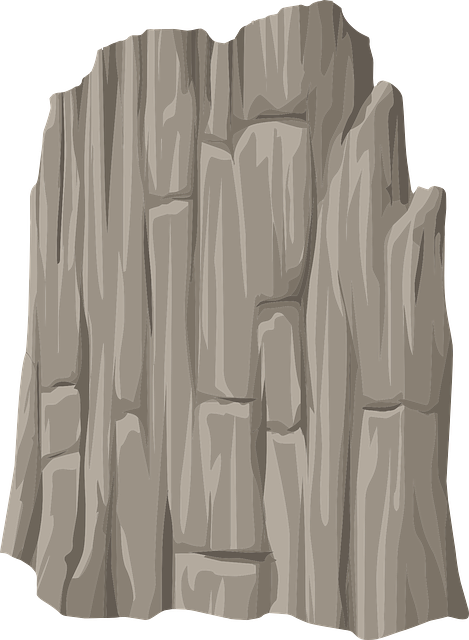 |
|---|
A contest should encourage contestants to tackle the hard problems, and this can be done by weighting problems by difficulty.
You only know how hard a problem is after the contest.
Dp = Difficulty of problem p, which ranges from 0 to 1.
Scp = Competitor c's score for problem p, which ranges from 0 to 1.
Sc = Competitor c's total score = ∑p Dp Scp
Tp = Total points scored for problem p by all competitors = Tp = ∑c Scp
Dp = - N-1 log2 (Tp / 2N).
If Dp < 0, Dp is set to 0.
If Dp > 1, Dp is set to 1.
N is a parameter that depends on the number of competitors. A natural choice is
N = log2 (3*Competitors/4).
If a contest has 64 competitors, then if more than 48 people solve a problem, no points are awarded.
If Tp = 1, Dp=1.
The HMMT has a system for weighting problems by difficulty. *.
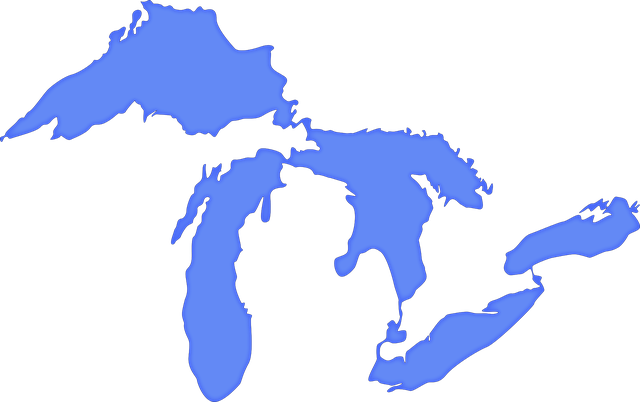 |
|---|
The first Science Olympiad nationals tournament was in 1985 at Michigan State University, featuring mostly Great Lakes schools. The next year saw all states competing. Today, 8000 schools compete and there are abundant invitationals. Many schools field more than 4 teams and attend more than 4 invitationals.
SO can host massive online tournaments with sciolympiad.org, and there is a database of results at duosmium.com. Some tournaments can host 100 teams and get grading done in time for an evening awards ceremony.
Many volunteers contribute to SO. Much work is needed for supervising events, writing tests, and grading tests. Much money is needed for travel and materials.
The field of competition at some invitationals is almost as strong as nationals.
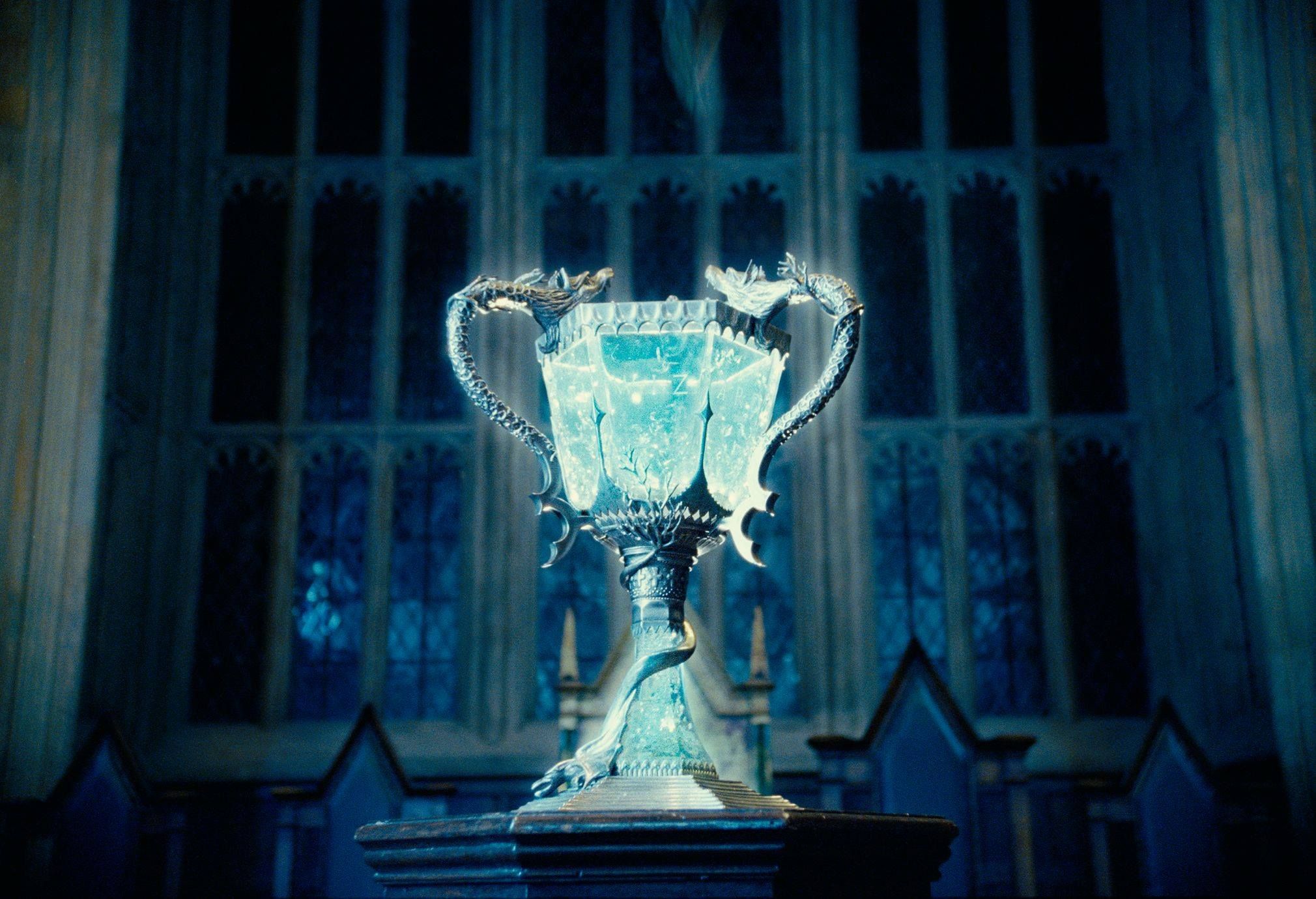 |
|---|
The SO is like a science track meet, with events in all sciences. There are engineering events where you build things, and science events that are test based.
The C division is grades 9-12, B is 6-9, and A is 3-6.
9th graders may compete on a high school or middle team. 6th graders may compete on a middle school or elementary school team.
There is an informal "Division D" consisting of alumni and volunteers.
Most heavyweight schools are public. For 1997-2021, there were no private schools in the top 10 nationally. Good placements by private schools include Pembroke Hill (3rd in 1996) and Marquette (4th in 2022).
Heavyweight states include California, Ohio, Pennsylvania, and Michigan.
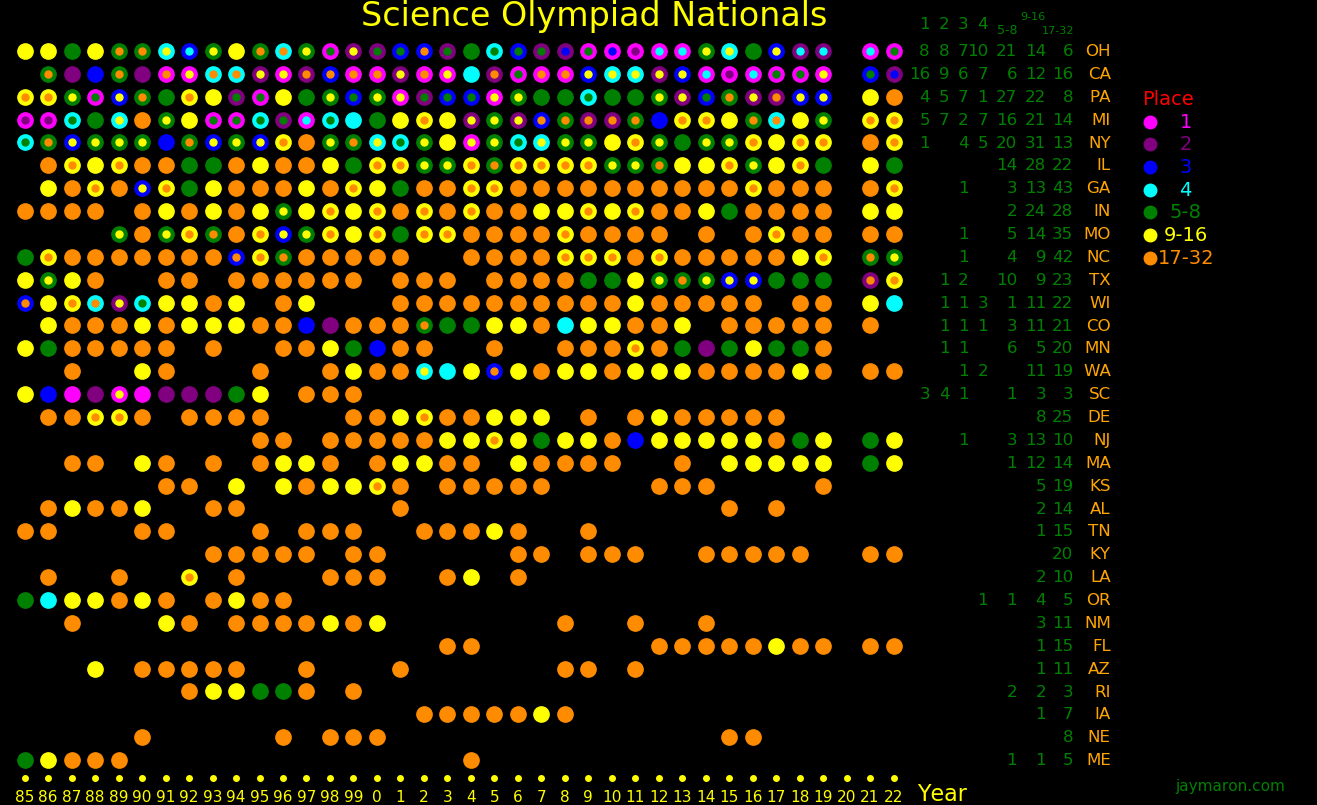 |
|---|
The history of SO nationals is:
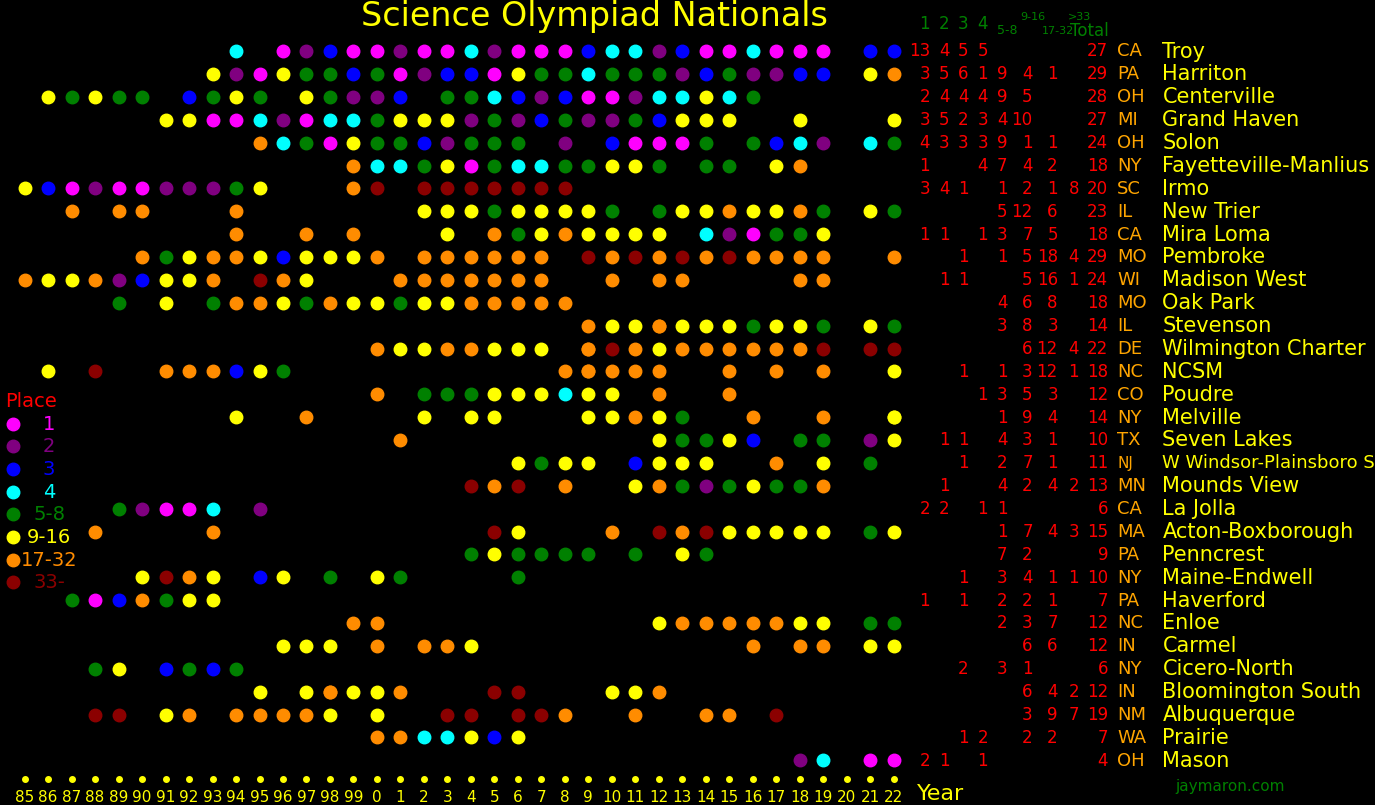 |
|---|
The national tournament invites the top team from each state, plus DC. It also invites the 2nd place team from the states with the most schools, for a total of 60 teams.
 |
|---|
Discussion of the ratings algorithm
 |
 |
|---|---|
 |
 |
 |
|---|---|---|
Rubber has many types, with widely-varying elastic properties. For an aircraft motor, what matters is energy/mass, and butyl rubber does well.
Tensile yield strength = t Tensile modulus = Γ Yield strain = Δ = t/Γ Density = ρ Elastic energy/volume = E = ½ Γ Δ2 Elastic energy/mass = e = ½ Γ Δ2 / ρ
Tensile Tensile Yield Density Tensile Common
modulus yield strain (g/cm3) energy/mass name
(GPa) (GPa) (kJoule/kg)
Rubber, butyl .007 .020 7 .92 186
Rubber, natural .003 .025 8 .92 104
Rubber, styrene .006 .0175 4.75 .94 54
Rubber, polyurethane .006 .025 3.75 1.25 34
Rubber, nitrile .004 .015 3.5 1.0 19.6
Rubber, silicone .00066 .0073 7.4 1.25 14.4
Rubber, poly .015 .005 .92
Rubber, neoprene .020 .0025 .12 1.23 1.2 Chloroprene
Cotton 15 .5 .1 1.5 50
Gut .2
Aramid 135 3 .022 1.43 22.8 Kevlar
Polyamide 5 1 .2 1.14 88 Nylon, Perlon
Polyester 15 1 .067 1.38 24
HMPE 100 2.4 .024 .97 30 Dyneema, Spectra
Vectran PBO 280 5.8 .021 1.52 41 Zylon
Vectran LCAP 65 3.8 .058 1.4 78
Vectran HT 75 3.2 .043 1.41 49
Vectran NT 52 1.1 .021 1.41 8.1
Vectran UM 103 3 .029 1.41 31
Spider silk 10 1.6 .16 1.56 82
Carbon nanorope 1050 3.6 .0034 1.34 4.5
Graphene 1050 160 .152 1.0 12000
Carbon fiber 181 1.6 .0088 1.8 3.9
Magnesium alloy 45 .26 .0058 1.74 .43
Aluminum alloy 70 .41 .0059 2.70 .45
Titanium alloy 116 1.10 .0095 4.51 1.16
Steel alloy 211 1.5 .0071 7.9 .67
For rubber, the numbers for energy/mass are estimations. To get accurate numbers, you need to integrate the full stress-strain curve, and it's nonlinear.
The table is incomplete. Experiments are needed.
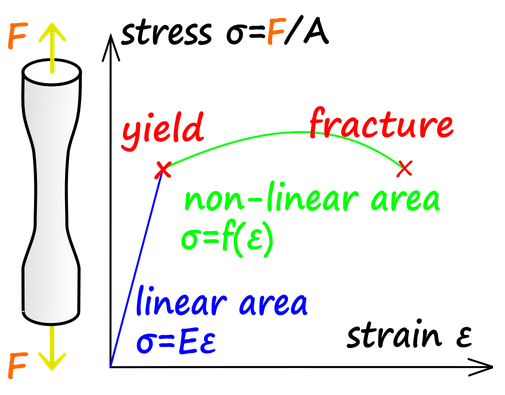 |
|---|
Tensile Density Set Cure
strength time time
MPascal gram/cm3 hour hour
Epoxy 50 1.18 5 42
Cyanoacrylate 27 1.1 .01 24
Polyvinyl acetate 25 1.19 .3 24 Elmer's glue
Polyurethane 24 1.5 18
UV glue 20 - .01
Silicone rubber 8 1.24 1 42
Rubber cement 5 1.06 .1 12
Duct tape .01 .01 .01
 |
|---|